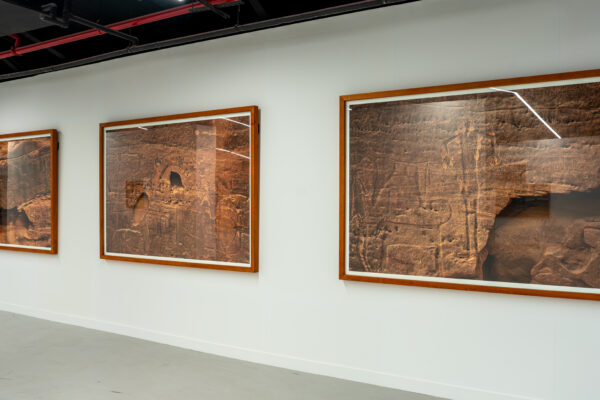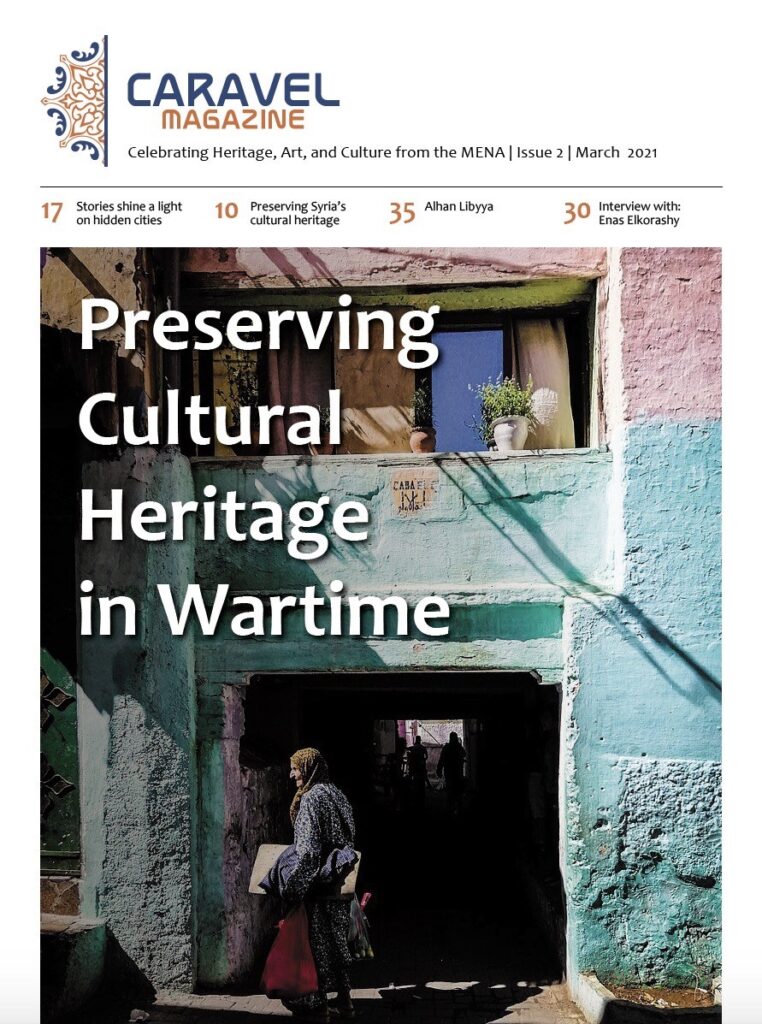The wars in the Middle East, particularly in Syria, have had a huge impact on cultural heritage. Sites and heritage cities have been destroyed, landscape and ancient villages of the country have also suffered badly. Monuments, places of worship, archive collections and museums’ pieces have either been stolen and smuggled out of the country or damaged and lost. UNESCO states that “more than 10 percent of the historic buildings of Aleppo have been destroyed and that over than half of the buildings assessed showed severe to moderate damage”.
A History of Syria in One Hundred Sites is a book that celebrates the richness and the variety of Syrian archaeology. This project aims to preserve Syrian cultural heritage during wartime. The work presents the depth of Syria’s past by highlighting a selection of sites that cover a timespan from the Palaeolithic to the Abbasid era.
The editors Youssef Kanjou, Akira Tsuneki, hope that their book A History of Syria in One Hundred Sites reaches readers from all over the world to appreciate the richness of Syria’s history and the urgency of protecting cultural heritage sites in the country.
The English volume of the work is very timely after nine years of the Syrian conflict which began in 2011. The importance of this project stems from the fact that it explores the beauty of the Syrian cultural heritage, addresses the challenges of protecting cultural sites and highlights the targeting of archaeological monuments in warzones.





